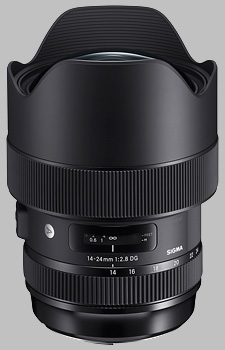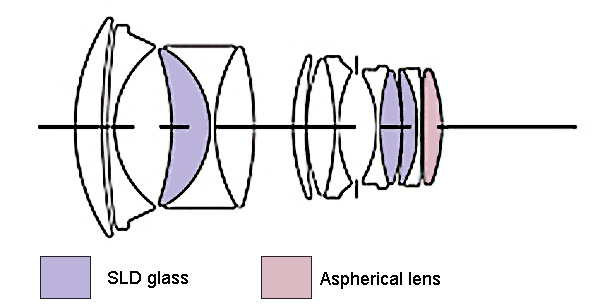The Lens details of a series of images taken by Steve Cushing on mirrorless camera.
Fitting is a Canon EF mount with a 44mm
Flange Distance - this lens will fit and achieve focus to infinity mirrorless cameras and on most DSLRs.
History
So how did these Japanese companies take over from the early German companies?
After the war, with many plants bombed and the Russians taking over East Germany, production cost for making lenses were a lot cheaper in Japan. Even before the war German optics companies started to partner with Japanese companies to manufacture optic lenses used in industry and in cameras. Japan as one if not the only industrialised Asian nation in the world at that time, had the capability and the cheap labor to entice German manufacturers to move some of their production there. Similar to what is happening right now with China.
Together with this due to new post-war Japanese law and export control, Japanese optics companies were effectively out of the business from military purpose optics for long time. So, company that was making gun sight for fighter plane or war ships optics for battleship had to start competing on civilian market to survive.
European manufacture did not suffer this problem as much as Japanese did, and they still had lucrative military optics market as soon as cold war kicked in. Even decade after Japanese started to return to scientific or partial return to military optics market, they still had to make majority of money in consumer, industrial, or medical optics market.
The Japanese soon became so adept at making lenses originally for the Germans and now for their own domestic use, that companies like Nikon, Olympus, Minolta started. Canon was an off-shoot of Nikon. And so, the Japanese came to dominate the camera as well as the lens market. The Germans still have Leica of course which is considered the most expensive camera system in the world.
Autofocus technology for example were really designed for the military so this was quickly adapted for civilian purpose in Japan but remained secret in the rest of the world as it was used for military purposes.
Japanese lenses can be divided intro entry level third party lenses, made by Soligor, Revuenon, Vivitar, Coslinar and others, mid range lenses made by smaller manufacturers, such as Makinon and Chinon and premium lenses, such as those made by Asahi Pentax and Fujifilm.
Other premium manufacturers like Canon produced lenses in their own native mounts others include Olympus, Minolta and Mamiya. Japanese lenses are considered the most reliable of these vintage lenses, with Asahi Pentax Takumar series coming on top of them all.
Sigma is known as a producer of SLR lenses. Its lenses are available for the different lens mount systems of several SLR camera makers.
Sigma was founded in 1961 by Michihiro Yamaki in Tokyo (Japan). Nowadays Sigma produces SLR camera models. The plant is 300 km north of Tokyo because it needs clean air and clean water for making optical precision products. It produces optical devices with glass free of arsenic and lead.
This Lens
One of the core missions of Sigma is to help photographers in their desire to create vivid memories and express important messages. Sigma makes artistic expression more convenient (and fun) for photographers with the Art lens series.
Lens In Use
- 17 elements in 11 groups, including 3 aspherical, 3 SLD and 3 FLD elements
- Exceptional focal plane sharpness.
- Unique of colours (colours that are different from other lenses).
- Designed for creative, Travel, Landscape, Wedding & Events, Nature & Wildlife.
- Bright F2.8 aperture throughout entire zoom range.
- Dust and splash-proof construction with weather sealing.
- Rear Filter Holder FHR-11(Optional for Canon).
- Virtually zero distortion at infinity focus.
- Front element is very large and filters fit on the back of the lens not the front.
- Very heavy lens.
Summary I do not own many zoom lenses as I prefer prime lenses for composition and quality rendition, but I do own this one as it gives flexibility in wide angle shots which are less common in my photography style. The vertical lines stay vertical which is very unusual with a wide angle lens.
For images using this lens click
HEREFor general information on lens design and lens elements go to the homepage
HERE





